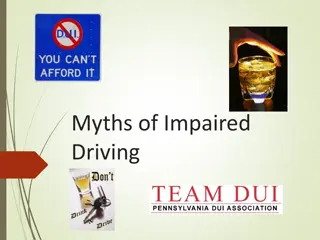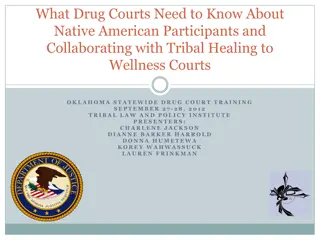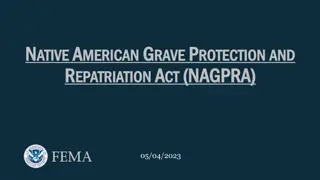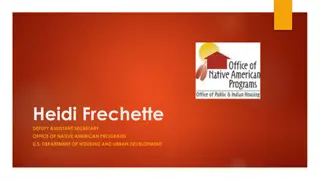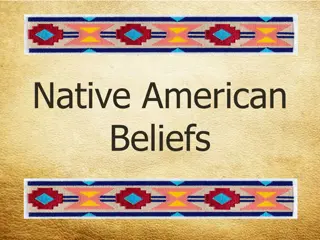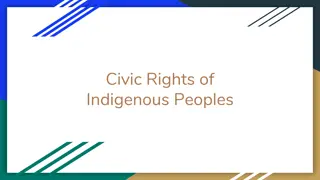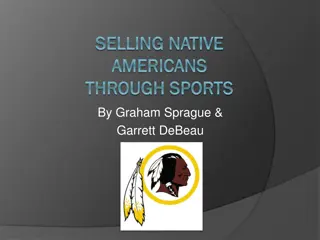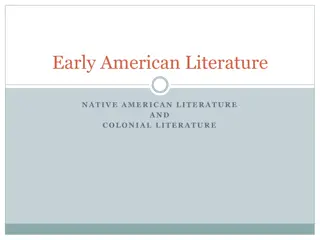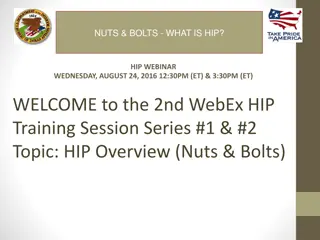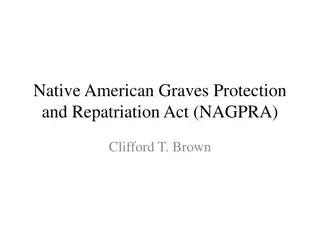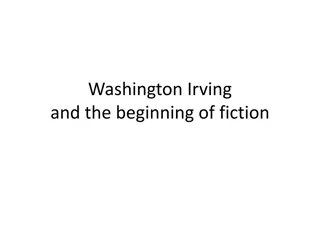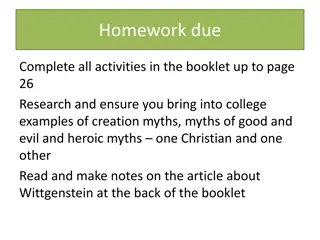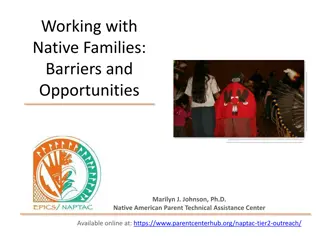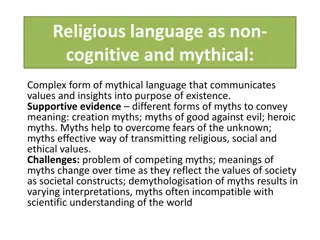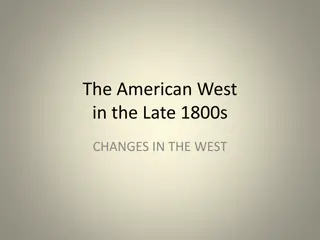Native American Myths: From Creation to Destruction
Explore the rich history and diverse cultures of Native American myths ranging from creation stories to historical events such as the Cherokee Trail of Tears and the Battle of the Little Big Horn. Delve into the origins, major traits, and the Iroquois creation narrative, witnessing the interplay of nature, spirituality, and resilience in Native American traditions.
Download Presentation

Please find below an Image/Link to download the presentation.
The content on the website is provided AS IS for your information and personal use only. It may not be sold, licensed, or shared on other websites without obtaining consent from the author.If you encounter any issues during the download, it is possible that the publisher has removed the file from their server.
You are allowed to download the files provided on this website for personal or commercial use, subject to the condition that they are used lawfully. All files are the property of their respective owners.
The content on the website is provided AS IS for your information and personal use only. It may not be sold, licensed, or shared on other websites without obtaining consent from the author.
E N D
Presentation Transcript
NATIVE AMERICAN MYTHS NATIVE AMERICAN MYTHS From Creation to Destruction
MAJOR TRAITS Origins from Siberia, cir.11.000 B.C.E. -2,000 yrs. later had reached the tip of S. America -At least 2.000 separate cultures n North America alone -North America: Tribes or nations (tribal/linguistic groups) -South America: Great empires (Inca, Aztec, Maya) -Nature-oriented way of life and religion - notion of land ownership -Orature and oral tradition; often written down by outsiders -Notion of secret sacred stories; multiple functions of lore -The stories are simple linguistically, but sophisticated psychologically - . . culture was not seen as worthy of consideration until the 19th century (H.R. Schoolcraft)
A HISTORY OF NATIVE PRESENCE ON THE NORTH AMERICAN CONTINENT . . SouthEast SouthEast -1828: Gold discovered n Georgia. -5-28-1830: The Indian Removal Act authorized by President Andrew Jackson, based on the dogma of "Manifest Destiny" -1831-38: The forced removal of the five "civilized tribes" to west of the Mississippi: -June-December 1838: Cherokee "Trail of Tears": Cherokee removed to Oklahoma, 1.000 miles west. 1/3 dies of disease, starvation, or the elements.
II II. Great Plains . Great Plains -1848-49: Gold discovery n California. -1874: Gold rush n Black Hills, S.D. -1876: Battle of the Little Big Horn: General George Custer vs the Sioux (Sitting Bull), Cheyenne and Arapaho. -1889: Vision of Wovoka (shaman of the Paiutes): Ghost Dance taken as insidious rebellion -12-29-1890: Massacre at Wounded Knee, S.D.
THE IROQUOIS CREATION Haudenosaunee 5 (6) Nations League, founded by Hiawatha the 5 civilized tribes according to whites Creation motifs: a. (4-stage) Emergence (kiva; tiered universe), OR b. Earthdiver(Turtle Island) Personages: a. Twins (duality) b. Sky Woman (virgin birth, cosmic body) c. Good twin serving also as Spider Woman, Trickster d. animals ( monsters ) Syncreticism: Christianity influence
THE WINNEBAGO TRICKSTER CYCLE Trickster: Trickster: son/nephew of Earthmaker Usually in animal or hybrid form as Coyote, Rabbit/Hare, Spider, Raven, Jay, Manabohzo, Wakjankaga Woman as artificial being What do the playthings of her son mean? The sacred profane (scatology) vs water as cathartic element Fluidity, changeability, entertainment Charter, aetiology, didacticism: table manners, gender roles, foraging instructions
THE OJIBWE CORN GOD The importance of corn: Mondawmin= Wonder Weed Kachina rituals Wunzhas pacific hero: agrarian VS warrior tribe ethos Wrestling with the angel motif Shamanism Corn as dying-rising divinity



